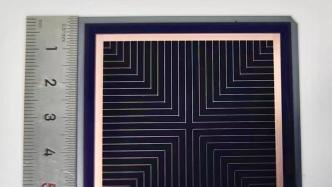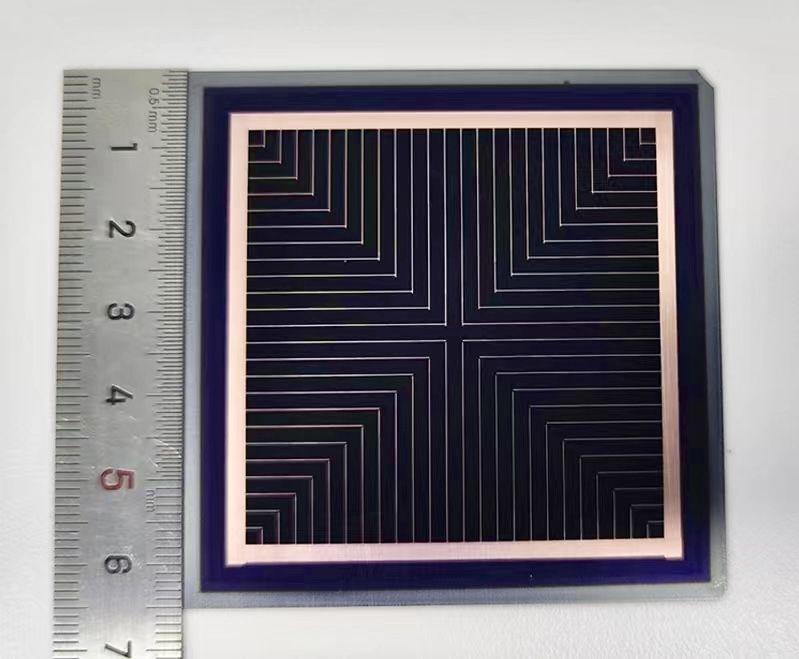
Photovoltaic power generation is the new force of global green transformation. The scientific research team of Beijing Institute of Technology and other domestic units has successfully overcome the technical difficulties in the preparation of perovskite/crystalline silicon tandem solar cells, and developed a perovskite/crystalline silicon tandem solar cell with a photoelectric conversion efficiency of 32.5% and long-term operation stability. The relevant results were published in the international academic journal Science on the 2nd.
At present, the most common solar cells in production and life are crystalline silicon cells, and their photoelectric conversion efficiency is about 26%. Perovskite/crystalline silicon stacked cells are a new type of solar cell that absorbs light by combining crystalline silicon and perovskite. Compared with traditional crystalline silicon cells, they have the characteristics of low power generation cost and high photoelectric conversion efficiency. For a long time, this new type of cell has often encountered problems such as uneven perovskite film and poor crystal quality during the preparation process, resulting in defects in the finished product, affecting the photoelectric conversion rate and service life.

The picture shows the prototype device of perovskite/crystalline silicon tandem solar cell developed by the research team of Beijing Institute of Technology. (Photo provided by the interviewee)
"To prepare this type of stacked battery, a layer of perovskite precursor liquid is first deposited on the crystalline silicon battery. When the precursor liquid dries, it gradually forms crystal nuclei and crystallizes, and finally 'grows' into a wide-bandgap perovskite film. However, due to the diverse components and complex phase state of the crystal seeds in the perovskite material, the 'grown' film is uneven." Chen Qi, a professor at the Institute of Frontier Interdisciplinary Sciences of BIT, said that the team innovatively proposed a wide-bandgap perovskite crystallization control strategy, adding long-chain alkylamines to the precursor liquid to accelerate the "growth" of high-quality crystal nuclei and inhibit the "growth" of low-quality crystal nuclei, thereby preparing a uniform, high-quality, wide-bandgap perovskite film.
Chen Yihua, assistant professor of the School of Materials Science and Engineering of BIT, said that based on this innovative idea, the team prepared 1 square centimeter and 25 square centimeter perovskite/crystalline silicon stacked cells, respectively, with corresponding photoelectric conversion efficiencies of 32.5% and 29.4%, both better than traditional crystalline silicon solar cells. In addition, after the maximum power point tracking test, the samples showed long-term operational stability.
Chen Qi said that this achievement has laid a key technical foundation for the development of perovskite/crystalline silicon tandem solar cells, and is expected to promote their industrial application, improve the efficiency of photovoltaic power generation, and help the green and low-carbon transformation of energy.